Question-------------------------
Followup To
Question -
Date: 8/24/04 9:54 PM
Hello. I'm interested in looking up information about cat breeds. I'd like to know:
I found a website that says Birmans are found in Jamaica, and cats are imported there from Britain and Ireland. What other cat breeds are found inor originated in Jamaica? Are Abyssianians found there? Are Ragdolls and Ragamuffins found there also? Is it true that there are some cats there that are hybrids of domestic cats and wildcats?
Is it ttrue that Bobtails are found all over Asia?
What cat breeds are found in China and Korea?
Are there any bobtails in China that have the markings of a Chinese Harlequin?
Are there any arctic cat breeds?
What breeds are found in or originated in Ireland?
Please let me know. Thank you.
Sincerely,
Mr. Jason Goldman
JGoldman10@email.com
Answer -
All breeds can be imported into most countries. Some countries have higher demands for certain breeds than others. For instance, the Peterbald is very rare in the U.S. but is very popular in Russia, where they originated.
That said, I don't know which breeds are easily found in Ireland, Jamaica, China, or Korea. I CAN tell you where breeds originated.
Birmans originated in Burma, which is a country on the continent of Asia. But the first litter was actually born in France. A pregnant cat from Birma was imported into France, where she gave birth to kittens. It was there where the breed was named.
Actually, the Birman is easily found in the United States. They were imported from France before the United Kingdom ever saw them. I don't know if there are import restrictions in Jamaica that make obtaining Birmans there from Great Britain and Ireland easier than from the U.S.
Abyssinians are found just about everywhere, but it is believed they originated in Egypt thousands of years ago.
Ragdolls are also widely available. It is not a naturally occurring breed, but the first cat in the line was a female found in California. Since then, Persians, Birmans, and Burmese have been used to produce the Ragdolls we know today.
Ragamuffins are a newer breed that is harder to find. Their origin is unknown, but it's speculated that they were produced using Ragdolls and street cats, to get the temperament of a Ragdoll, with different colors than the traditional color-pointed Ragdolls.
There are some breeds of cats that are hybrids of domestic cats and wildcats. The Bengal, which is a cross between the Asian Leopard Cat and a domestic, and the Chausie, which are the cross of a Jungle Cat and domestic, are two such hybirds. Only at the fourth generation of hybridization are they considered domestic breeds rather than hybrids. That means the first kittens produced would be 1/2 wildcat, 1/2 domestic. Second would be 1/4 wildcat, 3/4 domestic. Third would be 1/8 wildcat, 7/8 domestic. By the fourth generation, there is no trace of wildcat DNA. There are many other hybrids being developed, but they are still provisional (not accepted breeds).
The rumors that some bobtails have come from the cross of a domestic with a wild bobcat have not been proven. Most scientists agree it is probably impossible for such a breeding to result in viable kittens.
Bobtails are found all over the world as spontaneous mutations. The Pixie Bob and the American Bobtail both originated in the United States. They are both naturally occurring breeds. I'm not sure if they are widely available in Asia. Japanese Bobtails originated in Japan and are a favorite among Asians.
Another popular breed originating in Asia is the Korat, the "Good Luck" cat, which was first found in Thailand. These are probably the most popular cats on the continent of Asia.
Siamese cats also originated in Asia, in Siam (Thailand). They were once limited to the royal families there, where it's rumored that royal women would place their rings on the cats' tails so they wouldn't lose them while they bathed. The kink found at the end of so many Siamese's tails held the rings on the tail.
The color pattern that the Chinese Harlequin exhibits is called a Van. This pattern is also found in a breed called the Turkish Van, but this cat is longhaired. Chinese Harlequins can be found in places other than China, but they are rare. They're accepted as a purebred in The International Cat Association.
There are no domestic breeds of Arctic cats. Actually, I don't think there are any wild breeds of Arctic cats, either. There are Arctic foxes.
Ireland is big on cat shows, and I believe all breeds are available there. I'm not aware of any breeds that originated there, although the tailless Manx was first found on an island between Wales and Ireland.
Date: 8/26/04 1:30 PM
Hello. Thank you for responding. I have some more questions for you:
Are there any Phillipino cat breeds?
Are there any Jamaican catteries? Are there any breeds that origianted in other West Indian countries?
How many different British, Canadian, Scottish, Austrialian, Russian and French breeds are there?
Are European Shorthairs found all over Europe, including Greece?
Are there any Greek cat breeds?
What other Central and South American cat breeds are there besides the Mexican Hairless?
Are there any other African cat breeds besides the Sokoke, Egyptian Mau, and Abyssianian? Are Somalis considered an African Breed?
Are there any other breeds from Singapure besides the Singapura?
Please let me know.
Thank you.
Sincerely,
Mr. Jason Goldman
JGoldman10@email.com
AnswerThere are dozens of breeds that are provisional or experimental that I'm not familiar with. I know the history on pretty much all breeds accepted by the Cat Fancier's Association (CFA) - the largest cat registry in the world.
Actually, it would probably be easier if you went to the CFA site. They provide an origin for all of the breeds they accept. The page with all the breeds is at http://www.cfainc.org/breeds.html That way, you can bookmark the page and return to it for referrence whenever you like.

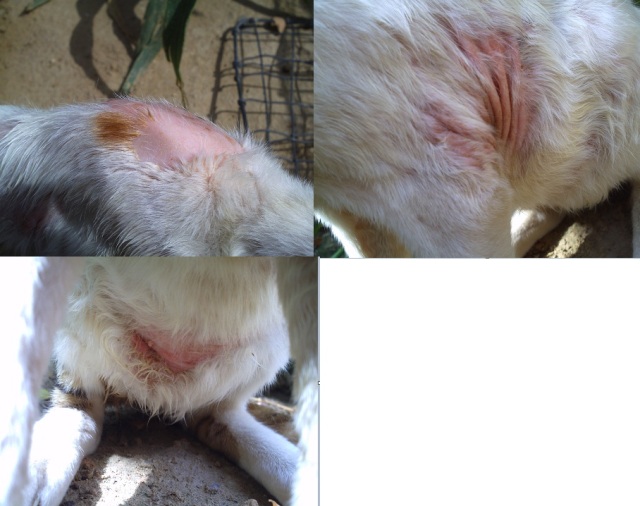 wounded cat hair loss
Question
wounded cat
my one year old cat was bitten by
wounded cat hair loss
Question
wounded cat
my one year old cat was bitten by
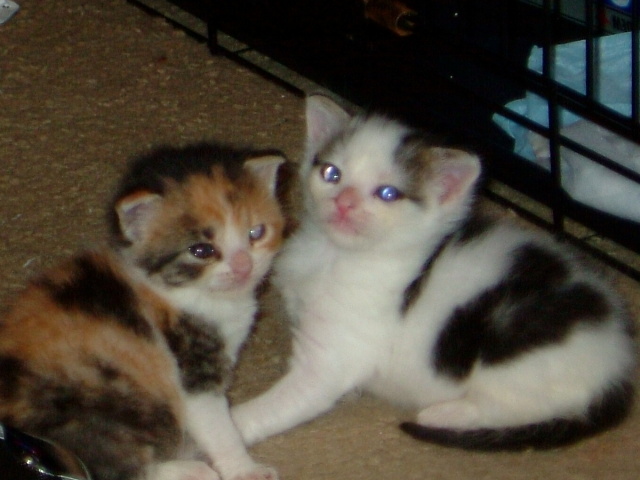 2 Ferals
Question
Sister and Brother at
Hello!
Im so glad I fo
2 Ferals
Question
Sister and Brother at
Hello!
Im so glad I fo
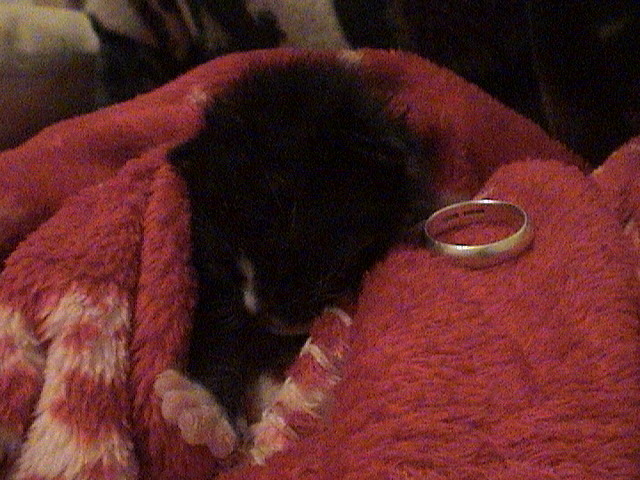 Orphaned Kitten
QuestionQUESTION: My partner and l are very much animal
Orphaned Kitten
QuestionQUESTION: My partner and l are very much animal
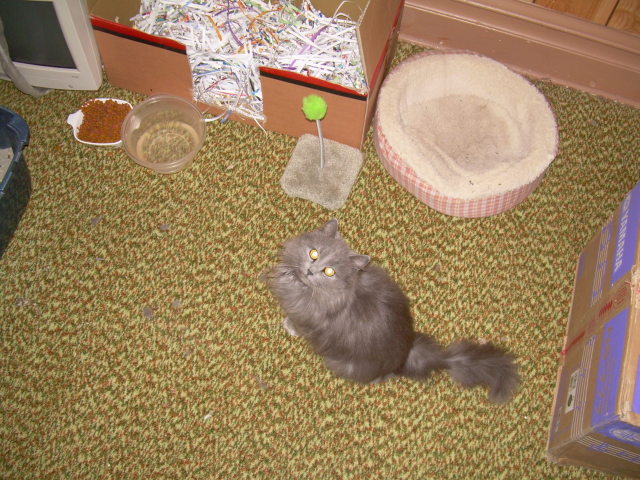 How pregnant is my cat
QuestionQUESTION: I was adopted by a local neighbor hoo
How pregnant is my cat
QuestionQUESTION: I was adopted by a local neighbor hoo
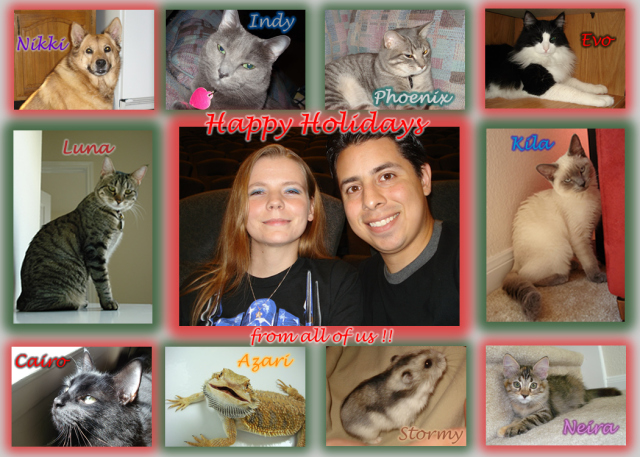 Treating cat dominance/aggression with prozac
QuestionI adopted a 3-year old male from the shelter th
Treating cat dominance/aggression with prozac
QuestionI adopted a 3-year old male from the shelter th